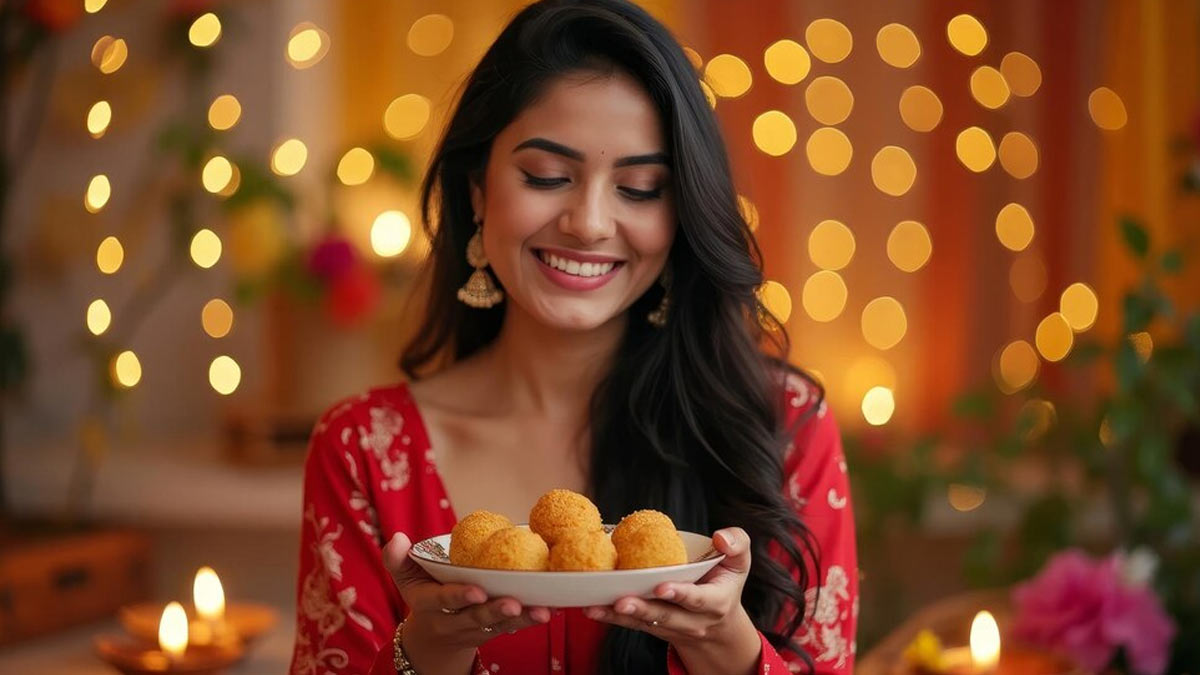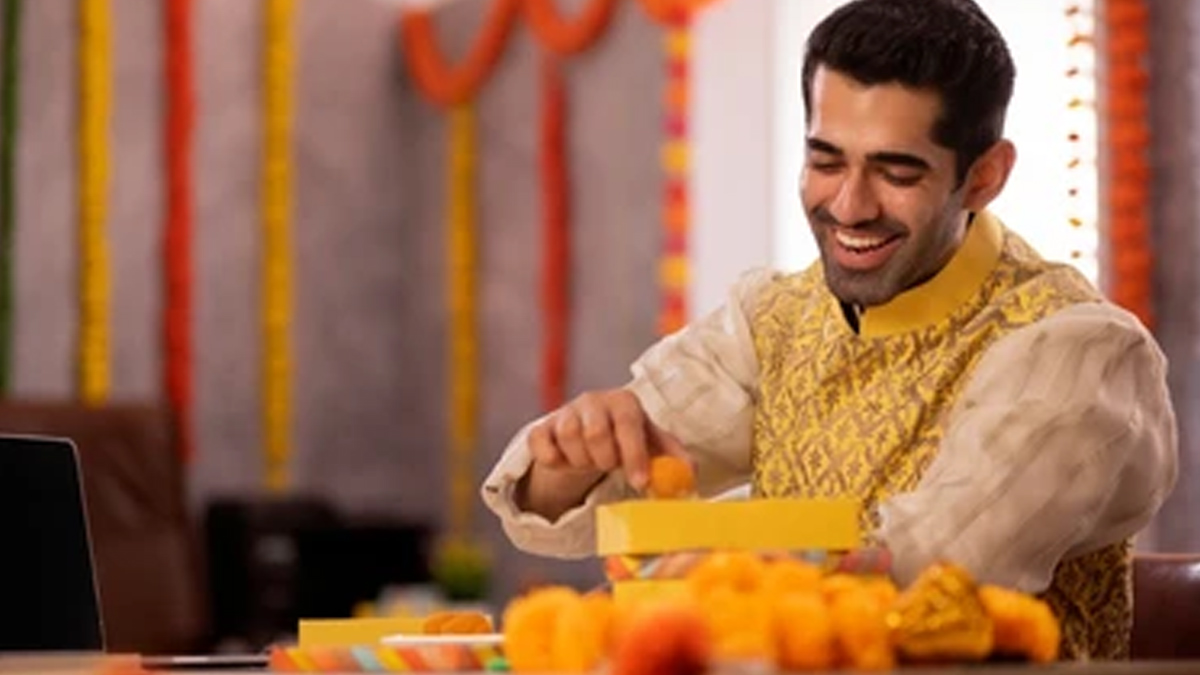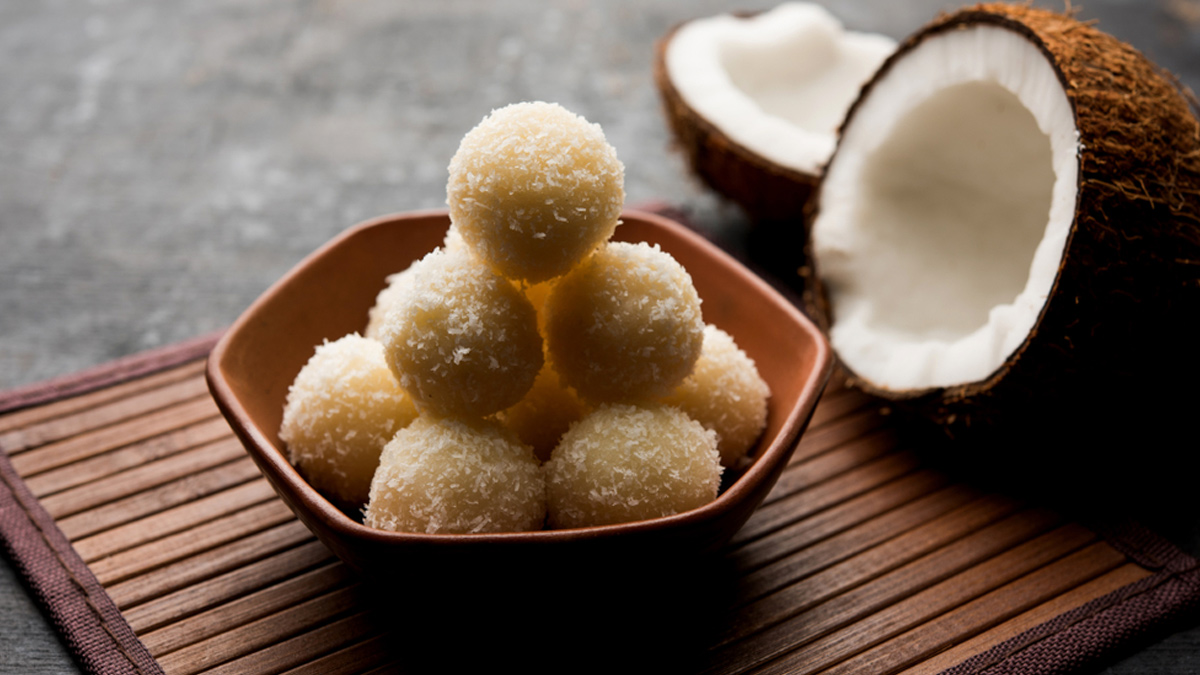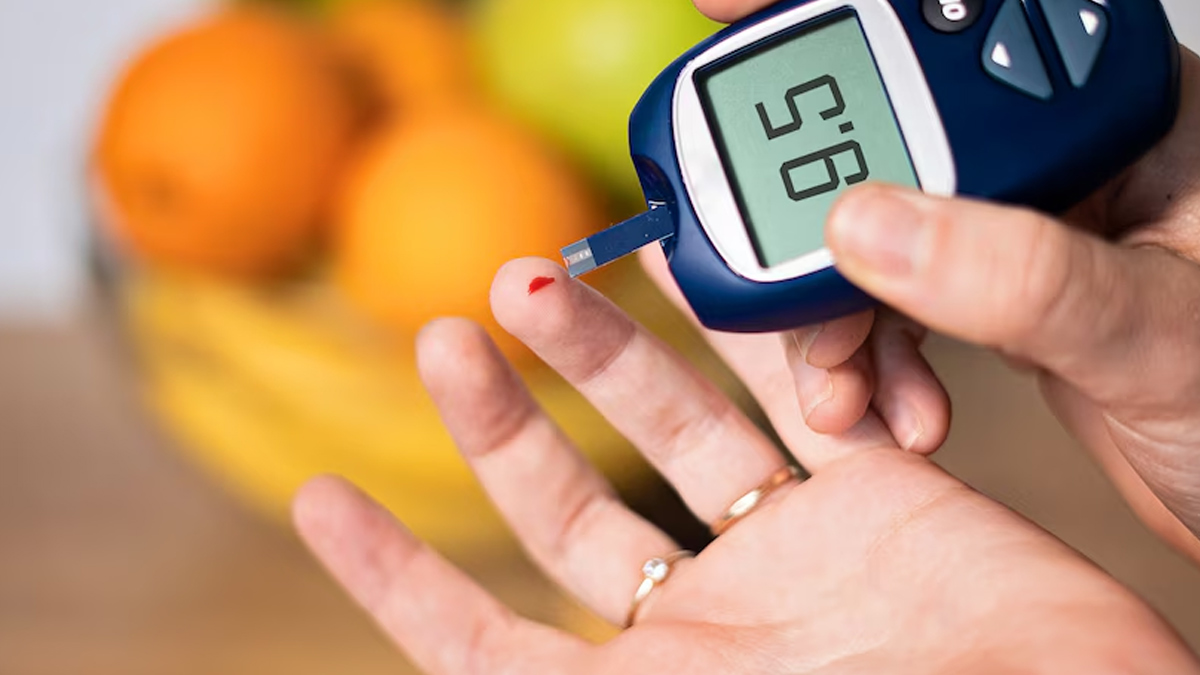
The festive season is all about celebration, family, and delicious sweets that are almost impossible to resist. But for people managing diabetes, the abundance of high-sugar treats can make this time of year challenging. While traditional sweets can cause quick blood sugar spikes, diabetes doesn’t mean you have to miss out entirely. With a few mindful choices and some expert tips, it's possible to enjoy the flavours of the season safely. Here’s a guide to balancing your health with your cravings, so you can indulge in holiday treats without compromising on blood sugar control.
Table of Content:-
To understand how diabetics can indulge in sweets safely during Diwali, OnlyMyHealth team interacted with Pooja Kedia, Senior Executive Nutritionist, Cloudnine Group of Hospitals, Bengaluru. Here are some practical tips on indulging in holiday sweets without compromising your health.
Understanding Diabetes and Sugar Challenges
Diabetes, especially Type 2, is marked by elevated blood glucose due to insulin resistance or reduced insulin production. "Many people think they can’t enjoy any sweets if they have diabetes, but with smart choices and portion control, people with diabetes can enjoy festive treats without health risks," says Kedia.
When individuals with diabetes consume high-sugar foods, it can lead to blood sugar spikes, which, over time, may result in complications like nerve and kidney damage. However, today's diabetes management emphasises balance rather than total deprivation.
1. Opt for Low-Glycemic Sweets
Not all sweets have the same effect on blood sugar. The glycemic index (GI) is a scale showing how quickly foods raise blood glucose. “Selecting ingredients with a low GI, such as almond flour or coconut flour, can make a big difference,” advises Kedia. Some diabetes-friendly swaps include:
- Sugar substitutes like stevia or erythritol, which have minimal impact on blood sugar.
- Low-GI flours like almond or coconut flour in place of refined flours.
- Natural sweeteners like jaggery or honey (in moderation), though these should still be limited.
By incorporating these low-GI ingredients, you can create sweets that won’t drastically affect your blood sugar, allowing you to indulge with less worry.
2. Portion Control is Key

“Portion control is probably the most effective way to enjoy sweets without causing big blood sugar spikes,” says Kedia. Instead of large portions, enjoy smaller servings to satisfy your craving without a significant impact on your glucose levels. A few small bites can be just as satisfying, especially when savoured.
3. Balance Sweets with Fibre and Protein
Pairing sweets with fibre and protein helps slow down sugar absorption and keeps blood glucose levels more stable. “When you combine sweets with some protein or fibre, the absorption of sugar is slower,” Kedia explains. This means enjoying a small portion of sweets alongside a handful of nuts or a high-fibre food can lessen the impact on blood sugar.
4. Modify Traditional Sweets

You don’t have to avoid traditional sweets altogether—simple ingredient swaps can make them more diabetes-friendly. Some adaptations include:
- Coconut Ladoos: Use unsweetened coconut and a sugar substitute, adding crushed nuts for extra fibre.
- Besan Ladoo: Replace refined sugar with a natural sweetener, and use chickpea flour, which has a lower GI.
- Rasgulla and Ras Malai: Opt for sugar-free syrup for these dairy-based treats, which contain protein.
“Small modifications can make traditional desserts safer for people with diabetes,” suggests Kedia. With these swaps, you can still enjoy the flavour of festive sweets.
Also read: Health-Conscious Diwali: Expert Shares Guide To A Healthier Diwali Menu
5. Stay Active During Festive Celebrations
Physical activity helps manage blood sugar by boosting insulin sensitivity. “Try to incorporate some physical activity, even light exercises or a post-meal walk, to help keep glucose levels steady,” Kedia advises. Aim for at least 15–30 minutes of light activity, whether it's a walk after meals or festive dancing.
6. Monitor Blood Sugar Regularly

Keeping track of blood sugar levels before and after meals is essential, especially during the festive season. "Regular monitoring can help you see how sweets affect your blood sugar and make adjustments," Kedia recommends. This practice allows you to make informed choices and manage portions effectively.
7. Set a Plan and Stick to It
“Having a plan for the festive season allows you to enjoy treats without feeling guilty,” says Kedia. Decide beforehand how many sweets you’ll have, keep track of your portions, and, if needed, bring a diabetes-friendly dessert to gatherings. Setting limits ensures you stay on track with your health goals while participating in festive fun.
Conclusion
With thoughtful planning, smart substitutions, and an emphasis on balance, people with diabetes can enjoy a taste of the season. "The festive season should be about enjoyment," adds Kedia. "With a bit of moderation, you can celebrate without compromising your health.” Enjoy your holiday treats mindfully, and keep these tips in mind to navigate the festive season while prioritising your health.
Also watch this video
How we keep this article up to date:
We work with experts and keep a close eye on the latest in health and wellness. Whenever there is a new research or helpful information, we update our articles with accurate and useful advice.
Current Version